Routine dental checkups are just as important for our equine partners are they are for us.
By Sarah E. Coleman
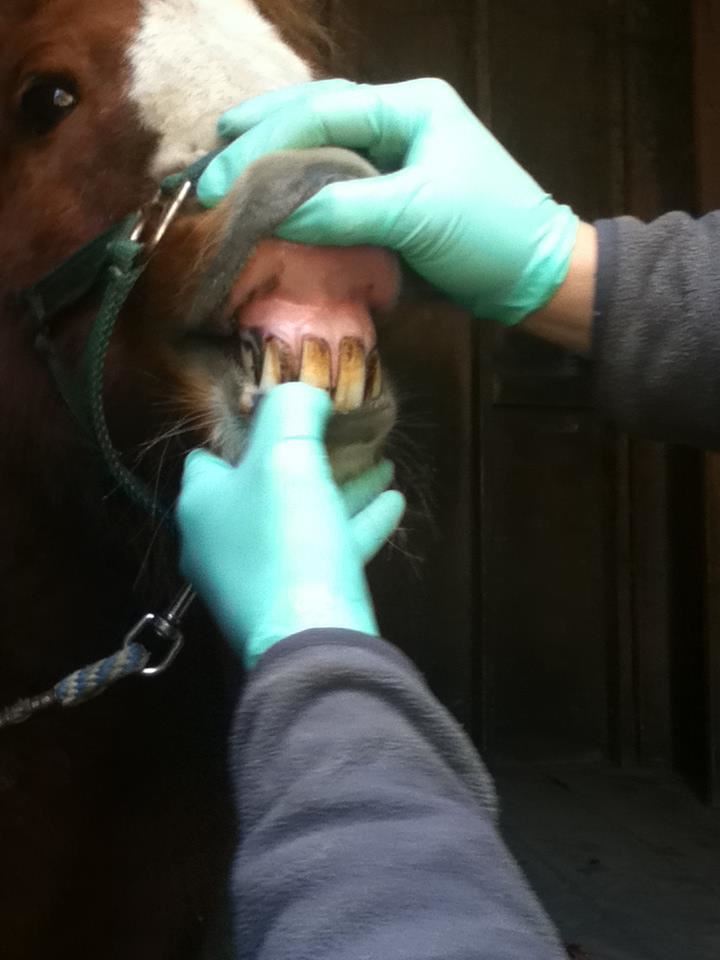
Sasha Kone is no stranger to the Bluegrass. With a Bachelor of Science from Cornell University, Sasha completed the Kentucky Equine Management Internship program in Fall 2004. Placed on Three Chimneys Farm, Sasha learned about equine dentistry as a profession apart from veterinary medicine. Intrigued by this facet of the equine industry, she switched gears from her interest in farm management and worked for Justin Talip in Central Kentucky, attended her first equine dentistry class in 2005, and graduated from the Texas Institute of Equine Dentistry in January 2007.
Sasha now owns Endless Mountain Equine Dentistry and travels throughout Pennsylvania, Kentucky, West Virginia and New York, providing clients with everything from basic floats through advanced equine dentistry.
Dental Dura
Most equine owners are taught that their horses need to have their teeth looked at and “floated” (filed down) twice a year. Sasha agrees that this is usually the case, especially with horses that are under the age of 8. Horses lose teeth every 6 months from 2.5 to 3.5 years old, Sasha mentions, and they have an entire set shedding at 5 years old.
All these teeth falling out and growing in means there is a lot changing in the horse’s mouth and it’s imperative that the horse be kept comfortable as he adjusts to his new teeth. As a horse ages, he may be able to have his teeth done annually, but this depends on the individual animal and his conformation, environment, diet and use. Still, even if he only needs his teeth floated once a year, he should have them checked every 6 months to be sure no issues have arisen.
Tools of the Trade
Many horse people have very definitive thoughts on power tools vs. hand tools to care for their equine’s teeth. While hand tools are historically what were used to care for horse teeth, power tools have now become a common sight. Similar to bits, in the properly trained hands, they are invaluable for caring for a horse’s dental health.
Sasha uses both hand floats and motorized instruments. “I was lucky enough to go to school when we all started with hand floats, [and] I break them out every now and then for different reasons. The motorized instruments are much more precise and are gentler on the teeth when a fine grit disc or burr is used.”
Though the motorized tools are her preference, Sasha will sometimes finish horses with hand floats; she also may occasionally begin a horse’s care with them to build confidence. The main point to remember is that each horse is an individual and needs individualized care and a specific treatment plan, she reminds horse owners. “Considering the horse’s needs and the preferences of the owners, we can work with a variety of instruments and techniques to achieve the same level of balance.”
Sport Horse Woes
When asked what the most common issues sport horses have with their teeth, Sasha said that “overgrown incisors, which in turn disrupt the three-point balance of the teeth and TMJ,” occur frequently. “Overlong and steep incisors force the horse to chew with its head elevated, jaw pushed back, to make contact with an opposing molar. This rearward shift is the reason hooks and ramps develop! If the horse can chew/ride with three-point balance in any head position, then malocclusions are far less likely to reappear.”
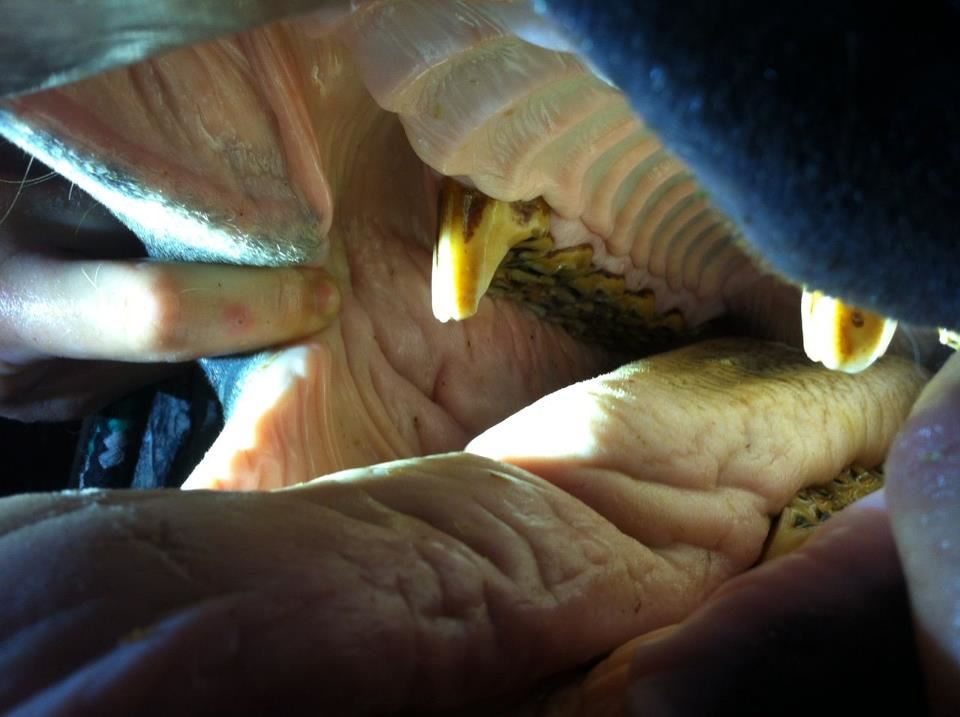
So what can be done for TMJ, since it’s such a common issue with sport horses? First off, it’s key that the balance be restored between the incisors and molars—high teeth can’t be left at all—any high point will prevent the joint from functioning properly. “The joint should sit in the proper position at that point. Then, follow up with chiropractic and massage. The muscles, tendons and ligaments around the TMJ sometimes need a bit of time and TLC to rehab back to normal,” Sasha explains.
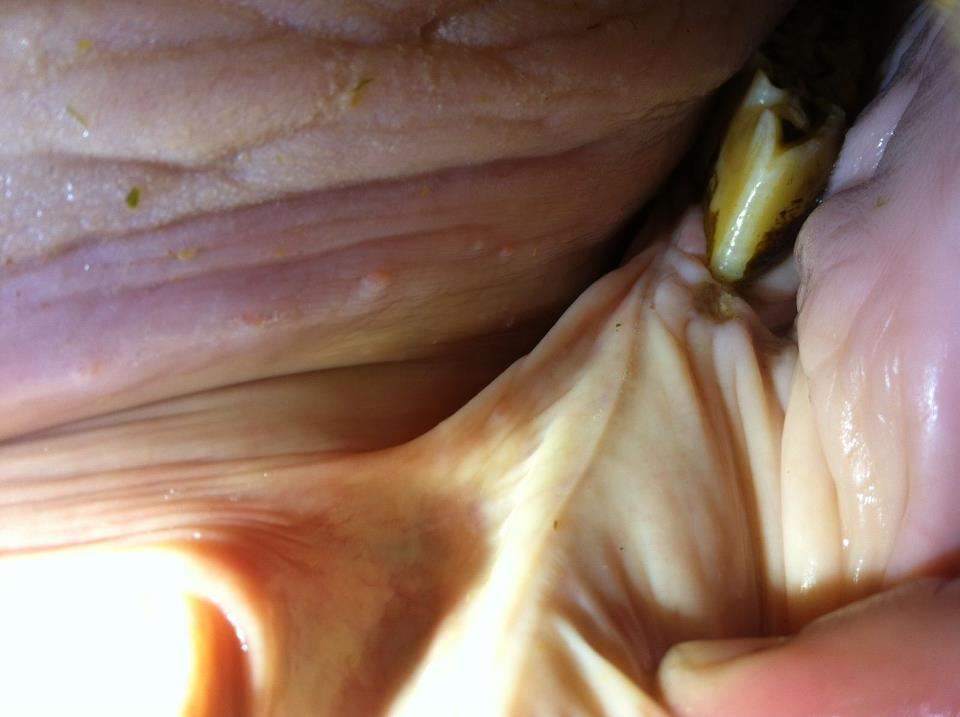
One of the most common issues she sees in horses in general is the lack of jaw mobility because of overlong molars. “Horses will change their chewing pattern if there is a high spot [in their mouth], and it becomes a vicious cycle of malocclusions and poor biomechanics piling on each other.” This is why it is imperative that a horse have a dental checkup at least every 6 months.
Parrot Mouth
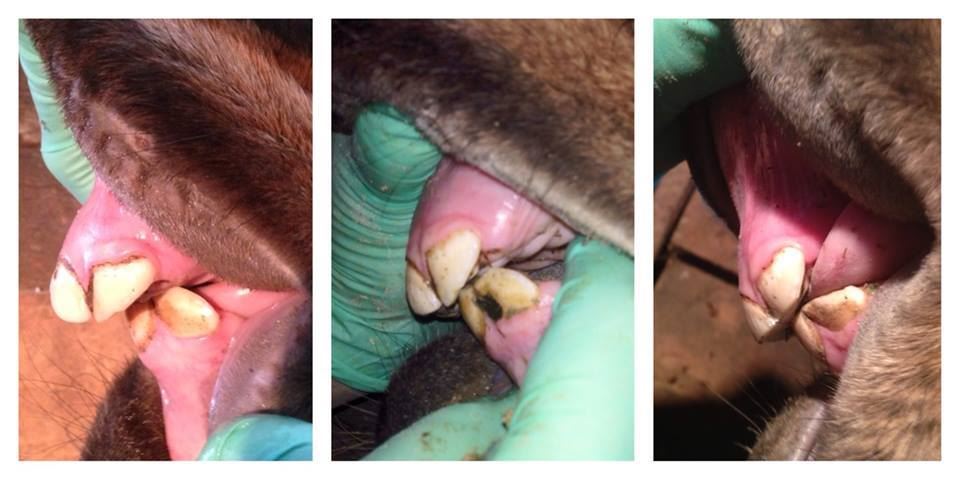
We’ve all seen them: horses with a wicked overbite that make you wonder how they graze. So, how does Sasha care for these horses? “This depends greatly on the age of the horse identified with a parrot mouth and the severity of the malocclusion,” she explains. “There is a procedure called the Riedenger Procedure, where the molars are the main force in keeping the jaw forward. Contact at the incisors can be achieved this way.”
Surgery and bite plates are also an option, she notes. “In an older horse that isn't growing any more, the incisors need to adjusted accordingly to a) not do any soft tissue damage and b) not be in the way of mastication and occlusion at any head position.” The inevitable large hooks and ramps on the first and last molars certainly need to be addressed, she says. “If maintained well, you can open a parrot mouthed horse up, look at the molars, and they can look normal!”
The Takeaway
Any time a horse is behaving in a way that is inconsistent with how he has behaved before warrants some additional investigation by the horse owner. This can include things like head shaking, eating poorly, head tilting and chiropractic issues—especially chronic issues, Sasha notes.
If horse’s teeth are not cared for regularly (every 6 months), one can expect major soft tissue ulcerations and lacerations. Contact with the bit and any pieces of tack along the side of the face will involve sharp points and discomfort for the animal, leading to possible resistance and poor performance.
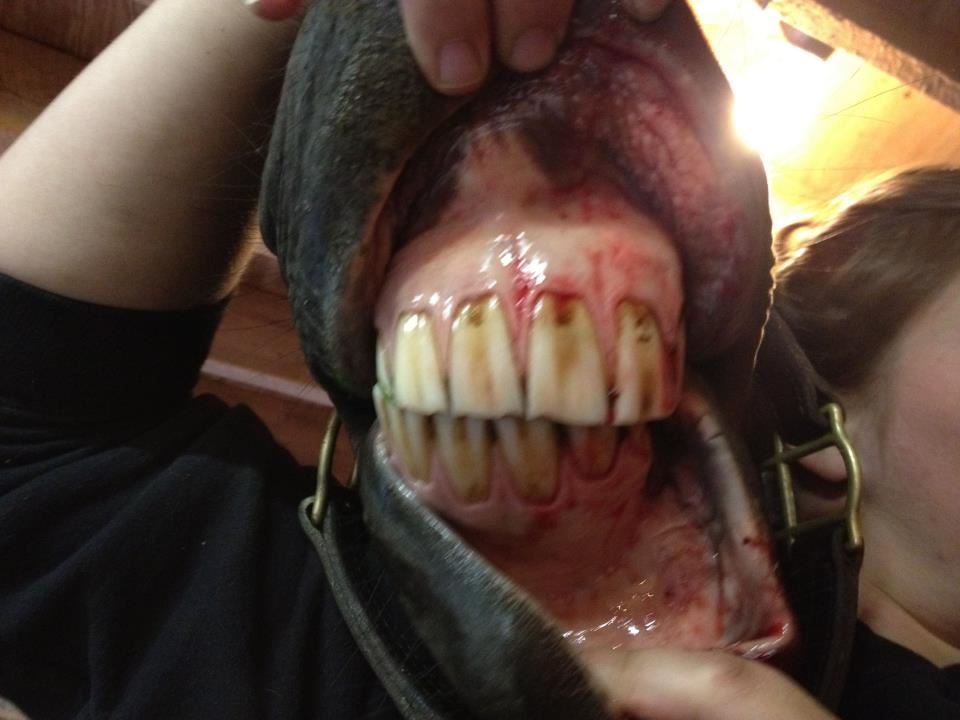
“Long teeth wear down their opposing teeth. This means any adjustment will create a space in the mouth. If dentals are performed infrequently, the adjustments will need to be huge compared to smaller, more regular visits. This is harder on the horses!”
It’s important to remember that TMJ is related to the chiropractic health of the horse and his topline, Sasha remind riders; the mouth growing out of balance will affect those aspects of the horse’s health and posture, as well as his ability to eat easily and well.
Learn more about Sasha here.
